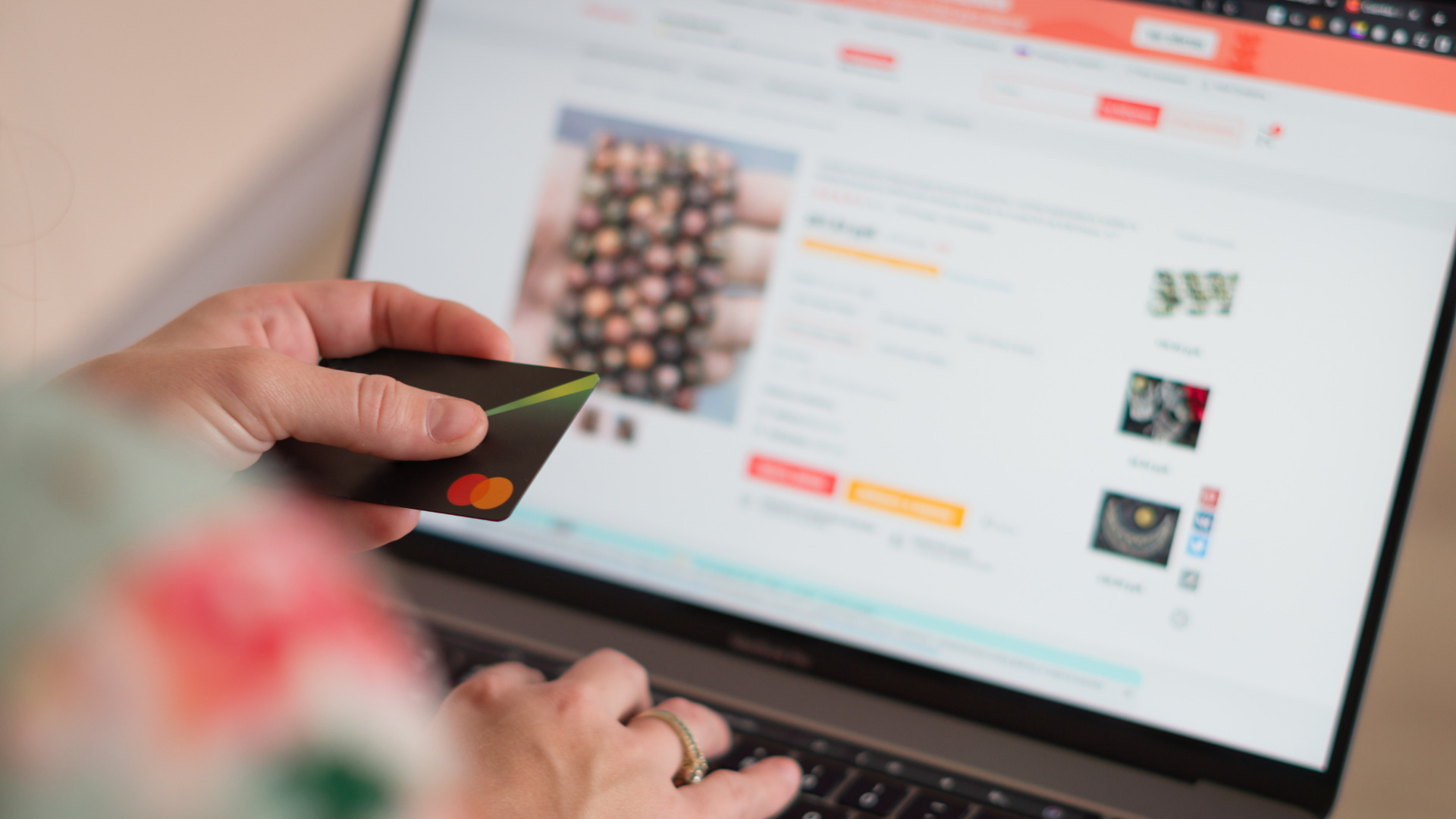As consumption has shifted from physical to digital channels, retail platform owners have realizedd the immense potential for a new kind of retail media. Where traditional retail media has focused on in-store signage, digital retail media uses first-party data to accurately track performance and conversion. Digital retail channels like e-commerce, food delivery, ride-sharing and more are now leaning into a highly profitable business that supports their core mission: advertising.
The core advantage of digital retail media is the ability to leverage first-party data, which can be gathered through retail loyalty programs, apps, and so on. In-depth consumer knowledge allows digital retail media to be more targeted and relevant with its messaging, and to accurately track how audiences interact with campaigns.
Apps and user experiences
A strong example of a brand using digital retail media is Philips, the health and lifestyle conglomerate. In 2017 Philips acquired the leading app for pregnant women, Pregnancy +. The acquisition provided them with access to more than 25 million users, and the opportunity to market Philips products in a controlled and brand-safe environment. The brand partnered with adtech company DanAds to create an internal campaign tool, allowing Philips and select partners to manage in-app ads in a strategic and structured way.
Enhanced tracking and analytics
Digital retail media also offers advanced tracking and analytics capabilities. Retailers can monitor the performance of their ads in real-time, making it easier to optimise campaigns for better results. This level of transparency and control was unimaginable with traditional in-store media. By analysing metrics such as click-through rates, conversion rates, and return on ad spend (ROAS), retailers can make data-driven decisions that maximise their advertising investment.
Integration with e-commerce
Online marketplaces like Amazon, Alibaba, Walmart, Target, and others have developed sophisticated advertising ecosystems that allow brands to reach shoppers at various stages of their purchasing journey. Sponsored product ads, display ads, and video ads can be strategically placed to capture consumer attention and drive sales. This integration not only boosts revenue for retailers but also enhances the shopping experience for consumers.
For example, Walmart has emerged as a dominant force in the retail media landscape, leveraging its massive customer base and online presence to create a powerful advertising platform for brands. Walmart Connect, their flagship retail media platform, is steadily evolving to offer more self-serve features and automation capabilities, making it easier than ever for advertisers to reach Walmart’s vast audience. Notably, Walmart Connect offers a variety of ad types, including sponsored products, display ads, and even in-store ads displayed on self-checkout screens. Their self-serve display ad platform allows advertisers to build, launch, and manage their own campaigns across Walmart’s website and app, providing greater control and flexibility. By integrating automation, Walmart streamlines campaign setup and management, making it easier for advertisers to get started. Furthermore, their commitment to removing minimum spend thresholds opens up opportunities for smaller businesses to leverage the platform and reach Walmart’s massive customer base. As Walmart continues to invest in its retail media network, with a focus on expanding its offerings and improving the advertiser experience, it’s clear that they are a force to be reckoned with in the retail media landscape.
Companies like Walmart, Target and Amazon are making significant investments in their self-serve retail media offerings, making it easier than ever for advertisers to reach their massive audiences and leverage their valuable first-party data.
Mobility media
Another notable example of digital retail media in action comes courtesy of Uber. The company has integrated advertising into its ride-sharing and food delivery services through Uber Eats. By using first-party data from its vast customer base – over 150 million monthly users – Uber can deliver targeted ads to riders and eaters based on their preferences and behaviour. To date, ad-compatible experiences have been rolled out in more than 35 countries. In some markets, Uber even provides tablets in their vehicles, which are equipped with infotainment and ads.
“In the U.S., we spend about eight hours a week in the car. Today, we are sitting behind the wheel — but in the future, with Uber and with self-driving cars, we won’t do that… Now, we have eight hours where we consume content. With our in-car tablets, we are basically stepping into that new, exciting idea of the car becoming the living room — a new kind of entertainment centre — and therefore also a new way of how you consume advertising.” – Dr. Mark Grether, VP of Uber Advertising.
In closing: the rise of digital retail media is changing how retailers advertise and leverage their user base. Using first-party data, advanced analytics, and integrating with e-commerce, retailers can create effective ad campaigns that engage customers and boost sales. Examples from companies like Philips and Uber show how powerful and targeted digital retail advertising can be. As technology advances and consumer behaviour evolves, retail media will become even more important, offering new ways for brands to connect with customers in a crowded space.
Here are some resources to stay up-to-date with the rise of digital retail media:
Subscribe to the monthly DanAds newsletter, packed with insights and invitations to industry events
Watch an on-demand webinar about the rise of retail media and its impact
